California was already in a home insurance crisis before LA infernos
Insured losses from the devastating LA fires are estimated to top $US20 billion as the beleaguered home insurance industry in California attempts to assess the damage.
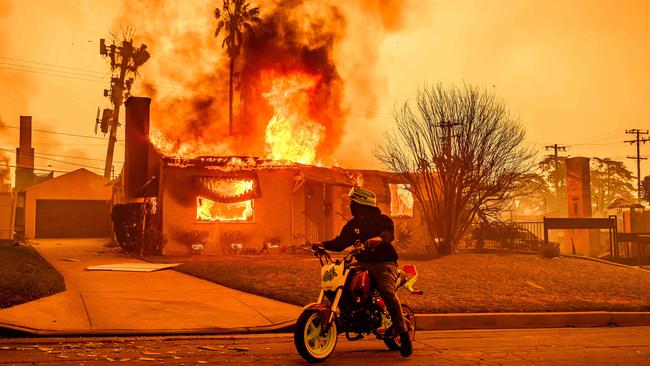
Nick Ramirez hunched over a screen in his Los Angeles insurance agency, watching a map tracking the raging wildfires engulfing clients’ properties.
“Hayley – gone. Oliver, his home also went down,” he said, pointing to small dots in a fast-expanding sea of red.
“I’ve been in the insurance business almost 10 years and this is the worst that I’ve ever seen it,” said Ramirez, an agent with Goosehead Insurance.
“We are in uncharted territory.”
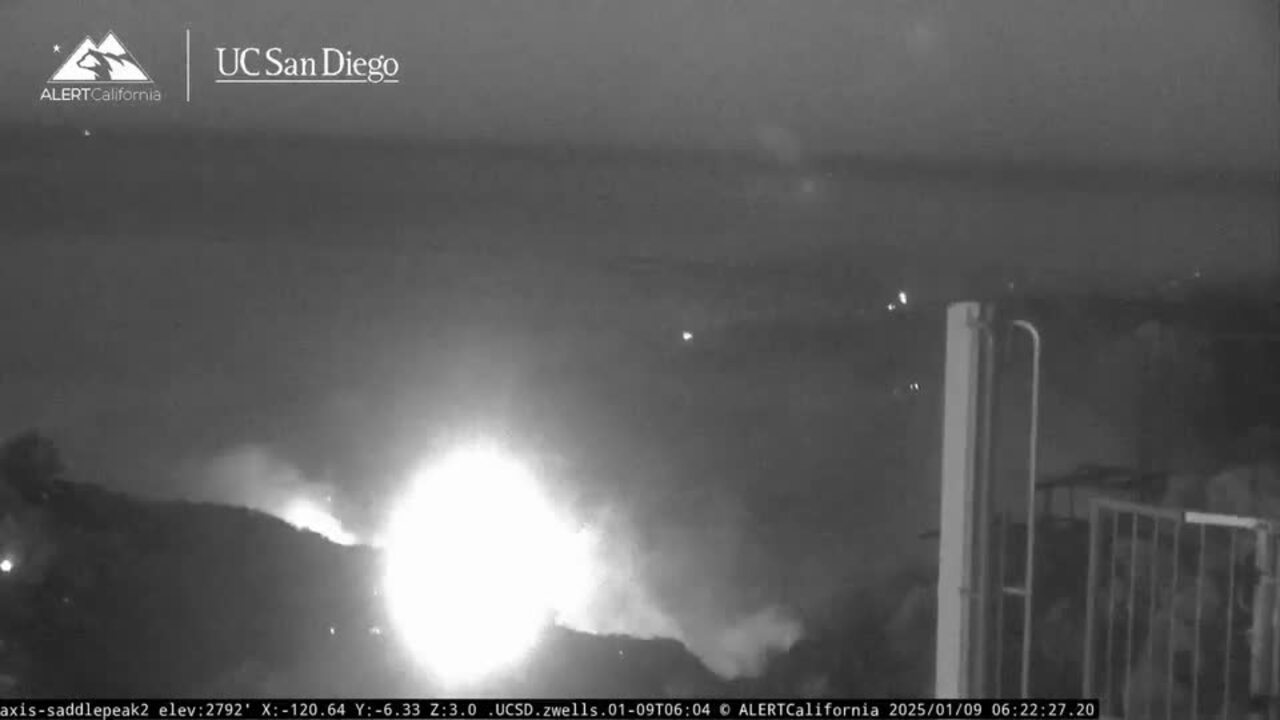
The economic toll of the deadly California fires, which have already destroyed or damaged more than 2000 structures, could prove a serious blow to a home-insurance market already mired in a crisis.
Insurance industry officials warned of widespread economic damage on par with some of the biggest fire disasters in recent memory, potentially eclipsing the devastation of the 2023 Maui inferno.
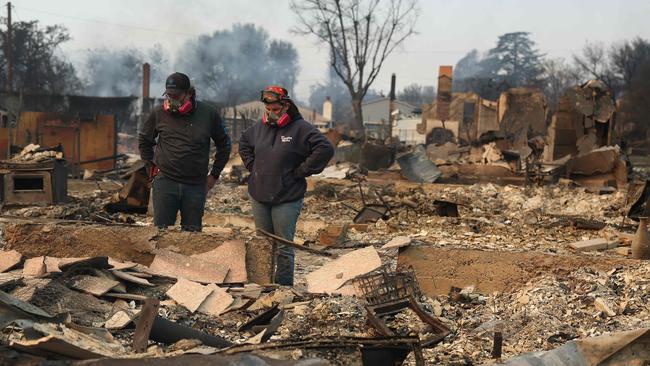
The destruction of high-value homes in the path of the rapidly burning Palisades fire, some of the most expensive in America, will “likely result in one of the top five costliest wildfires in US history,” broker Aon said.
Insured losses from the fires are estimated to top $US20 billion, according to a JPMorgan analyst.
California is the biggest home insurance market in the US but also one of the toughest for companies to navigate.
The state accounted for eight of the 10 costliest US wildfires through last year, after adjusting for inflation, according to Aon.
Despite those risks, its consumer-friendly laws for decades kept home insurance rates relatively low, compared with the national average, industry data show.
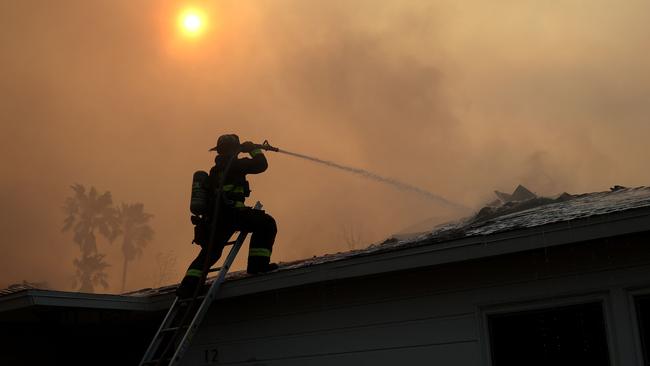
Leading insurers have pulled back from the state, leaving many in the path of the fires with only bare-bones insurance provided by a state-sponsored insurer of last resort – or worse, no insurance at all.
Even before the fires were sparked, millions of home owners in the Golden State, especially those in the path of the LA infernos, faced double-digit insurance-rate increases, nonrenewals or a dearth of any available private coverage.
Leading insurers, including State Farm and Allstate, have stopped selling new home insurance policies in the state, saying rate increases approved by regulators were insufficient to cover their losses, including from the devastating wildfires of 2017 and 2018.
California has faced the brunt of climate change-driven wildfire seasons, which are longer and result in more-frequent fires and larger areas burned, according to the Environmental Protection Agency.
New development in fire-prone areas and increased home values and repair costs, has further fuelled the rise in insured losses.
Insurers have dropped existing customers in areas seen as high risk for wildfires.
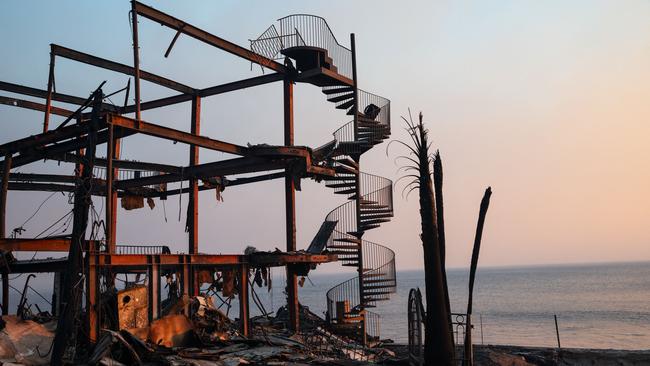
State Farm last year announced plans to nonrenew 30,000 property policies in California, including 69 per cent of those in Pacific Palisades.
California had the nation’s fourth-highest insurance-nonrenewal rate in 2023, according to a report last month by the US Senate Budget Committee.
A spokesman for State Farm declined to comment on the nonrenewals. The insurer last year said its move was designed to “address areas where the company has an overconcentration of risk”.
Brett Dedeaux, whose house in the residential neighbourhood adjacent to Will Rogers State Historic Park went up in flames, wondered on Wednesday, “What’s going to happen to insurance now?”
Dedeaux, a commercial real estate developer who built the home seven years ago, said few home insurers were willing to offer coverage in fire-prone areas.
“Does it even make sense to own a house here when the insurance is so much?”
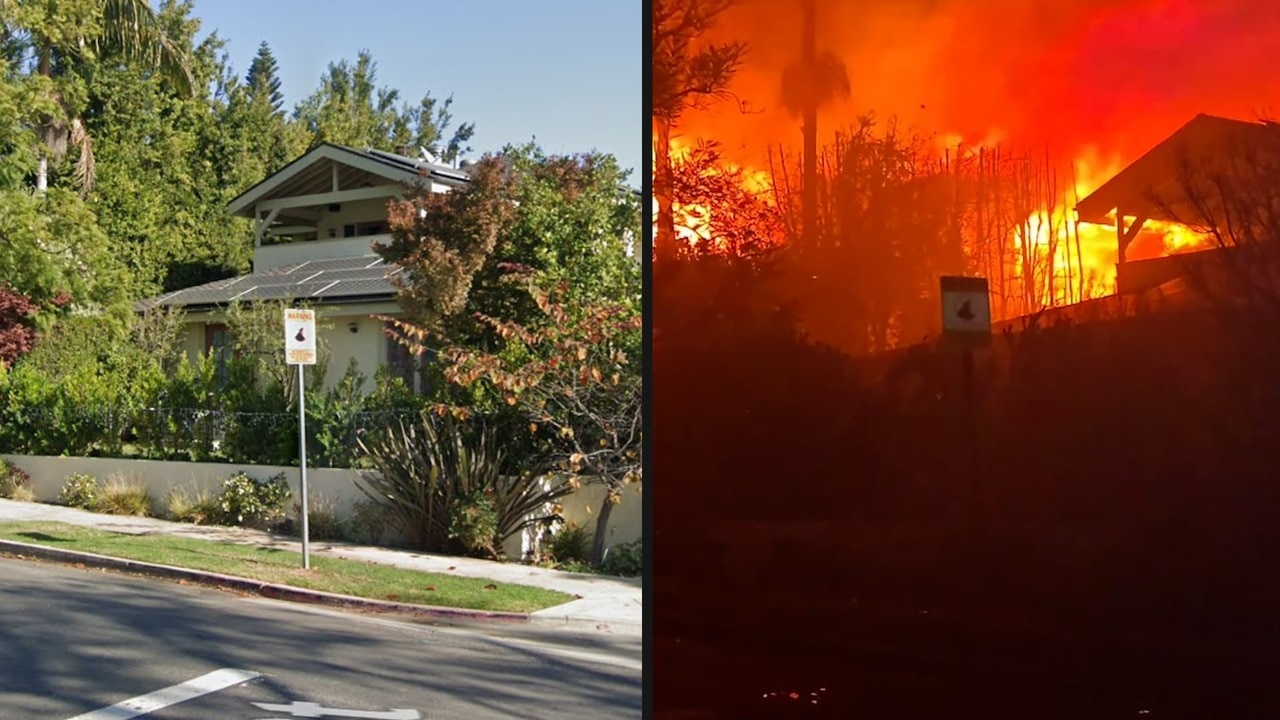
It was an attitude echoed by some of the area’s prominent residents.
Actor James Woods posted on social media platform X that a major insurer “cancelled all the policies in our neighbourhood about four months ago”.
One area of particular concern for insurers, regulators and consumers alike: the impact of the wildfires on the state’s already stretched Fair Plan, an insurer of last resort for home owners rejected by private insurers.
The squeeze on home insurance availability in the state has pushed tens of thousands more people into the plan, which offers bare bones and typically expensive fire coverage.
That has sharply increased the level of risk Fair Plan insures: The plan’s exposure to potential losses reached $458 billion at the end of September, a 61 per cent increase on the $284 billion of a year earlier, the latest data show.
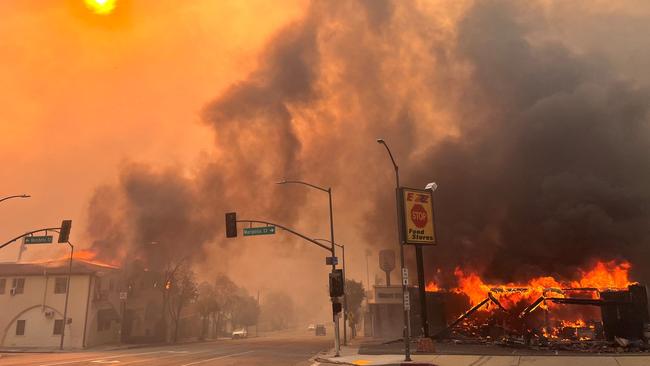
It isn’t yet clear how much the Fair Plan will have to pay out in claims as a result of the fires, or how that will affect its solvency. It can call on insurers to help fund payouts, if necessary.
A Fair Plan spokeswoman said it was “too early to provide loss estimates as claims are just beginning to be submitted and processed”.
She said the plan “has payment mechanisms in place, including reinsurance, to ensure all covered claims are paid”.
The Fair Plan has grown rapidly in recent years in some of the areas most affected by the latest fires. In Pacific Palisades, for example, its number of residential policies increased 85 per cent to 1430 in the 12 months through September, up from 773 a year earlier, according to the plan’s website.
That is more than double the 40 per cent increase for the state as a whole, from fewer than 321,000 policies in September 2023 to over 451,000 a year later.
The insurance agent Ramirez said two of his three clients who have so far lost their homes to the fires were insured by the Fair Plan. The plan typically covers fire and smoke damage only. Home owners who have a mortgage are generally required by their lender to top up the plan coverage with an additional policy from a private insurer for risks such as theft, adding to the cost.
Before this week’s wind-fuelled conflagrations, 2025 was seen as a make-or-break year for efforts to fix the insurance crisis. Regulators are pushing hard to persuade insurers to reopen to new business in the state.
A more attractive pricing and oversight regime is being promised in return for industry commitments to sell more policies in wildfire-prone areas.
Regulators have in recent months agreed home insurance rate increases far in excess of the 7 per cent cap that was long the norm in California. Allstate, for example, won approval for an average 34 per cent increase that began taking effect in November.
New rules will allow insurers to base rates on forecasts of future losses from wildfires, rather than – typically lower – historic damages.
Premiums will in future also be allowed to take into account the cost of reinsurance, the coverage insurers buy for themselves.
The fires could undermine efforts to woo back insurers.
Even after cutting some policies in the hardest-hit areas, the industry is expected to rack up significant losses from the latest fires, although it is too early to put a figure on the estimated total damage, said Sridhar Manyem, a senior director at rating firm AM Best.
“Insurers will re-examine their appetite for wildfire risk,” he said. “There may be [even more] challenges with respect to affordability and availability, depending on the magnitude of the loss.”
Before the fires were sparked, there were early “glimmers of hope” the home insurance market might stabilise, said Rex Frazier, president of industry body the Personal Insurance Federation of California.
Farmers Insurance, for example, last month increased its cap on sales of new home insurance policies in the state from 7000 to 9500 a month.
Consumer advocates worry the latest disaster could stall, or reverse, such changes.
“If these fires are not contained soon, they are likely to set back progress we’ve been seeing in California’s struggling home insurance market,” said Amy Bach, executive director of United Policyholders.
Insurers’ looming losses from the wildfires come hard on the heels of a “loss-heavy year” for natural disasters, with insured damages markedly over historic norms, a report on Thursday by reinsurer Munich Re said.
Rising losses from fires, floods, wildfires and thunderstorms helped push global insured losses from natural disasters to $140 billion last year, well in excess of the $94 billion inflation-adjusted average for the decade through 2023, Munich Re said.
-Wall Street Journal




To join the conversation, please log in. Don't have an account? Register
Join the conversation, you are commenting as Logout